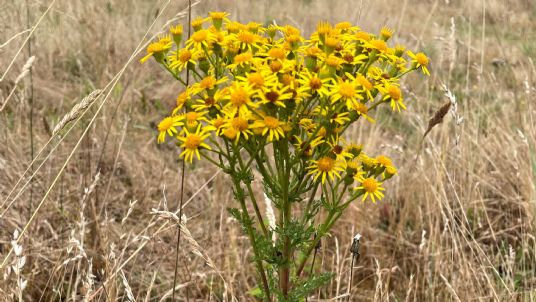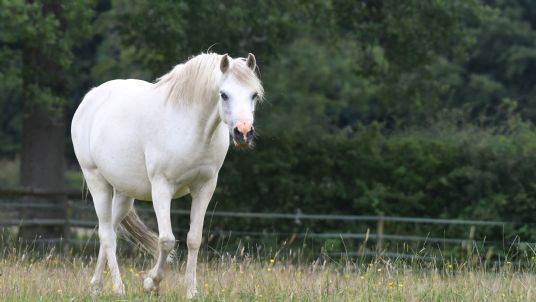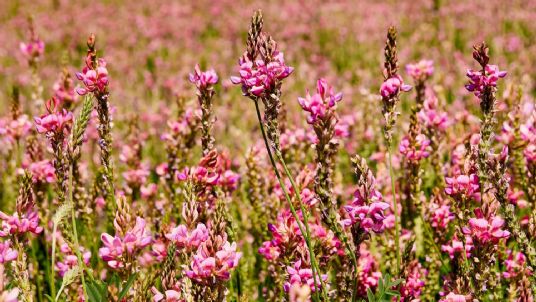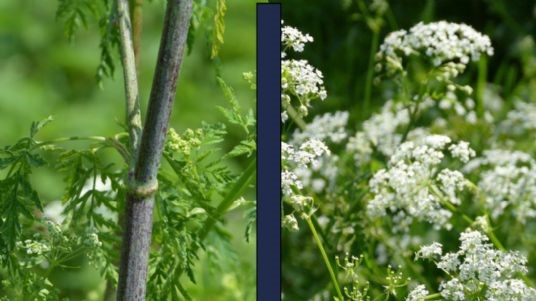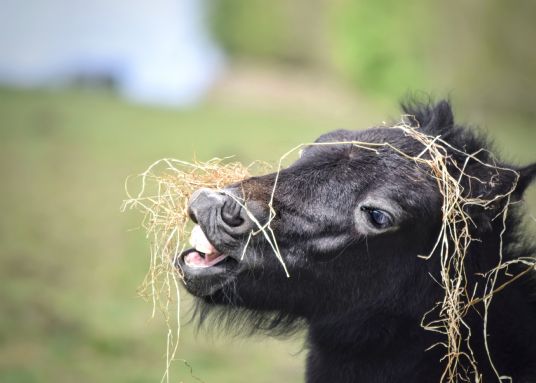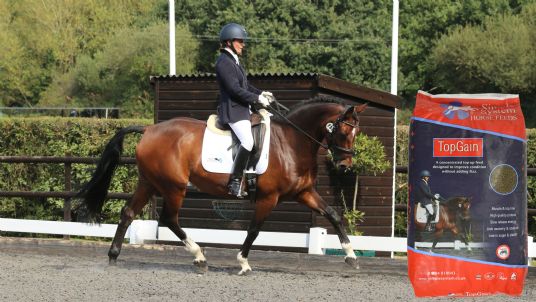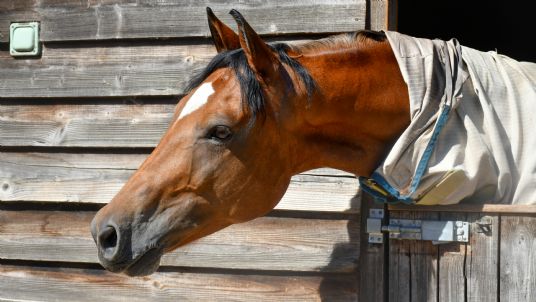Understanding: Ragwort
The dreaded ragwort is flowering now and is easy to spot. It is also starting to go to seed, so any not promptly removed will spread through its wind-borne seeds. The safest way to remove ragwort from horse pastures is to pull or dig it up, hopefully getting all the roots at the same time. Wear gloves and a face mask to protect yourself from the sap and pollen. Gather it into re-used feed bags and put the plants flowers down, roots up, to avoid inadvertently spreading seeds. Put pulled plants straight into the bags - don't carry them around as this risks spreading seeds.
